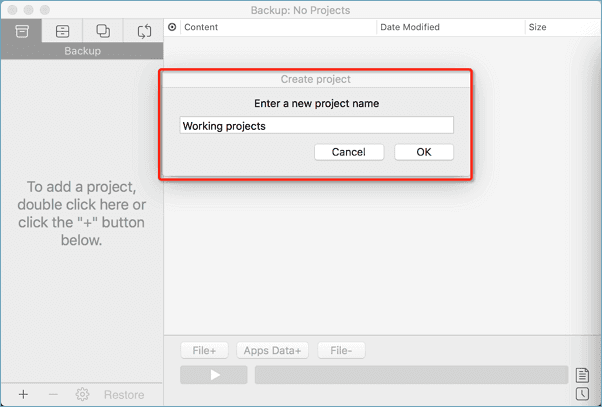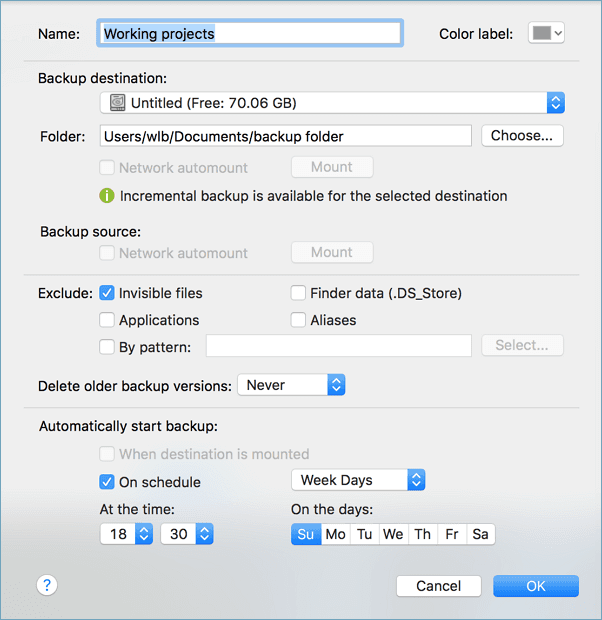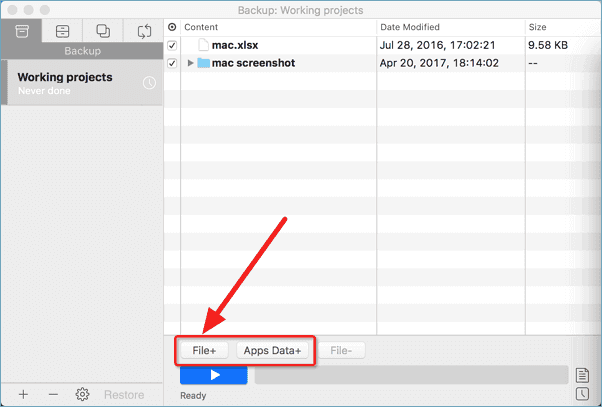- EaseUS Freeware
- Free Data Recovery Software
- Free Backup Software
- Free Partition Manager
How to free up Mac disk and speed up Mac on macOS Sierra/High Sierra?
"Hi guys, do you have the same feeling that the Mac computer gets even slower after updating the MacOS X to macOS Sierra or macOS High Sierra?
I got this problem that my Mac computer becomes extremely slow after installing the macOS High Sierra on the computer. And the Mac disk is getting almost full. So is there a way that can help to free up the Mac disk and speed up the Mac computer? If you know how to do it, please help. Thank you."
Just like Windows users, Mac users also have this problem that their Mac computer disk will get full after using for a long period or after macOS update. If anyone of you is looking for a solution to speed up Mac and free up the Mac disk space, you are at the right place. Here in the below, you’ll find a step-by-step guide about how to free up Mac disk and speed up Mac computer. You can just follow each step to optimize your Mac computer performance right now:
Step 1. Extract/Backup Mac data to external hard drive and remove them from Mac
If you have saved many useful but not frequently used data on the Mac hard drive, the first way to free up your Mac disk is to extract or backup Mac data to external hard drive and then remove them from your Mac computer.
To save your time and energy, we’d like to recommend you try professional Mac backup software - EaseUS Todo Backup for Mac which allows you to directly extract those data that you don’t need to use regularly to an external storage device by simple clicks:
1. Connect the external hard drive to your Mac computer and launch EaseUS Todo Backup for Mac on Mac.
Click the first Backup tab or simply click + button at the left corner on the left pane to create a backup project - name the backup project and click OK.

2. Set the backup destination - external hard drive to store essential but not frequently used Mac files and click OK.

3. Add files and folders to the backup project.
Click File + to selectively choose files and folder to backup and click the blue start button to backup your Mac to the external device now.

4. After the backup process, just find those files and data and delete them from your Mac hard drive so to free up the disk space.
Step 2. Clear Mac Trash Bin
If the Mac Trash Bin contains many useless trashes, it will also take space on the Mac hard drive. Therefore, after you remove useless files on your Mac computer, we also recommend you empty the Mac Trash Bin and clear useless files from the computer.
Step 3. Remove and extract Time Machine Backups
If you have created multiple backups on your Mac computer, you are also highly recommended to remove and extract the Time Machine backups to an external hard drive to save more available space on the Mac computer:
1. Connect an external hard drive to your Mac computer and open Time Machine.
2. Select the folder or files that you want to extract, drag them into your external hard drive.
3. Open the Option menu in the Finder.
4. Select Delete all backups of seletedfile and confirm the operation.
Step 4. Uninstall useless applications, remove duplicate files and lighten Safari/Google/Firefox, etc. Browsers
The other way that you may need to free up Mac disk space and speed up Mac computer is to uninstall useless applications, find and remove duplicate files and clear Safari/Google/Firefox browsers with cookies/plugins/extensions, etc. on your Mac. And to do all these jobs, you’ll need just one professional Mac cleaner software - EaseUS Mac CleanGenius for help.
Extra Tip: Reset Mac to Factory Settings
The last way that you can try to speed up and improve Mac computer performance is to reset Mac computer to the factory settings. You may directly refer to reset Mac to factory settings for help.
You will get a faster Mac computer without losing any data by following the above-provided guides.